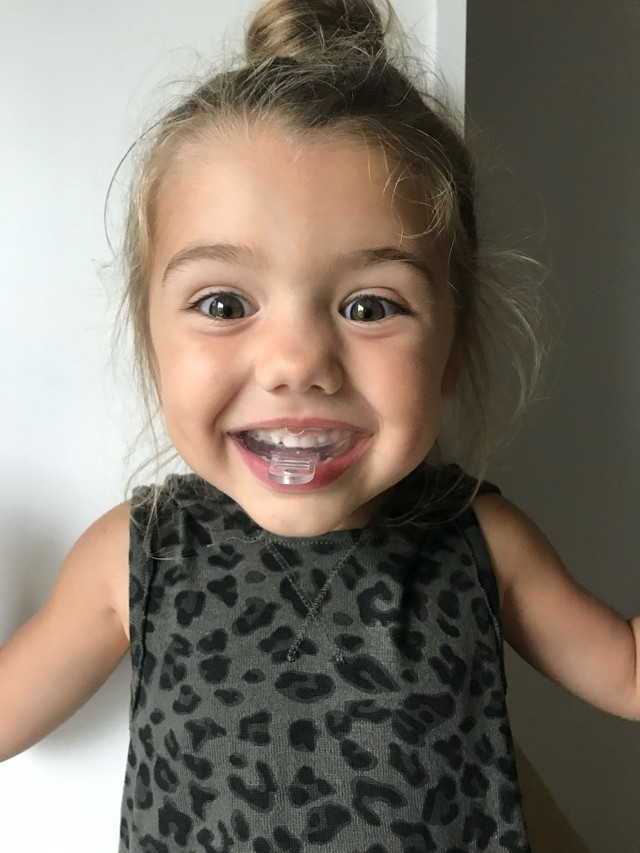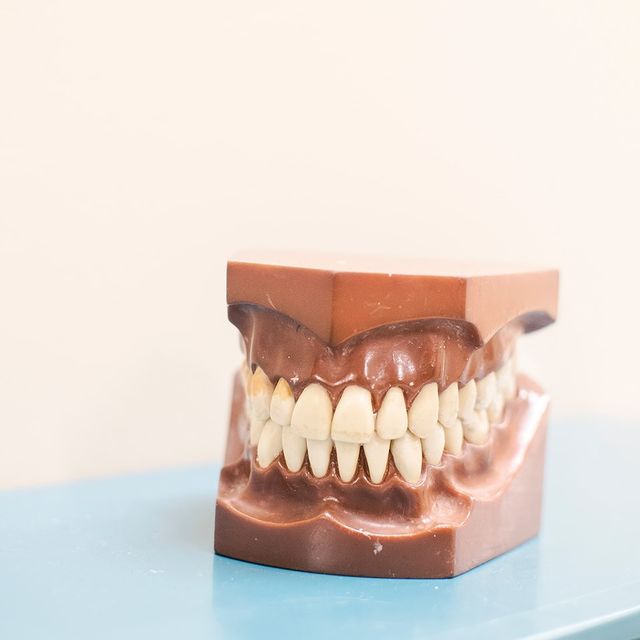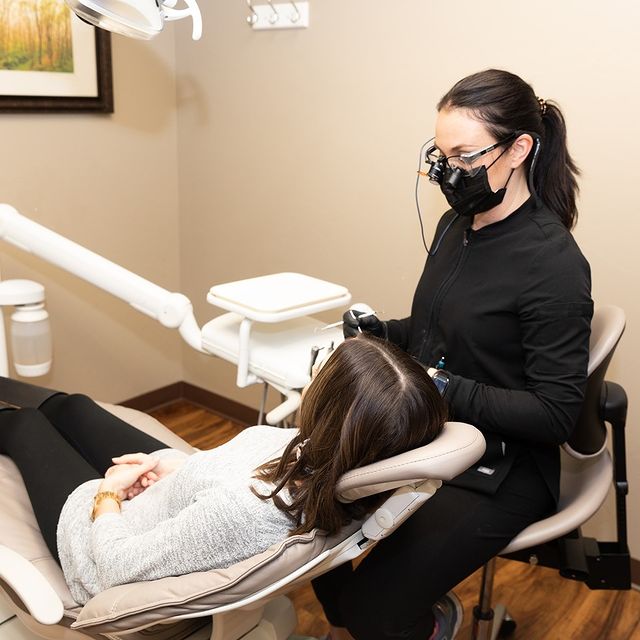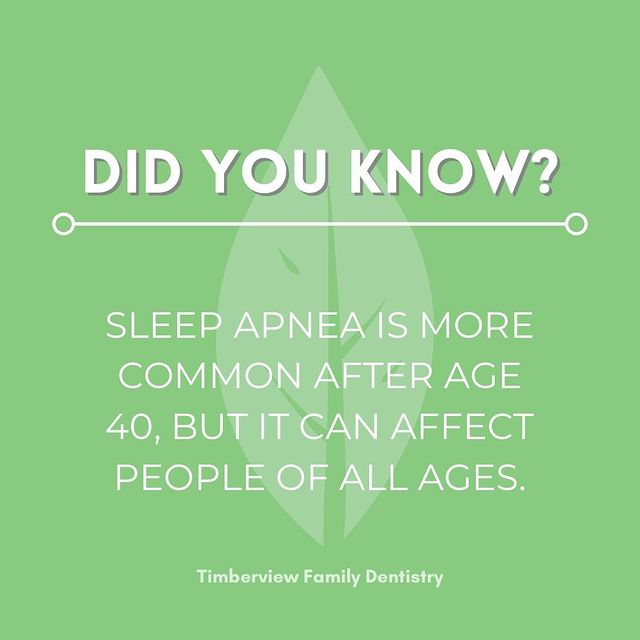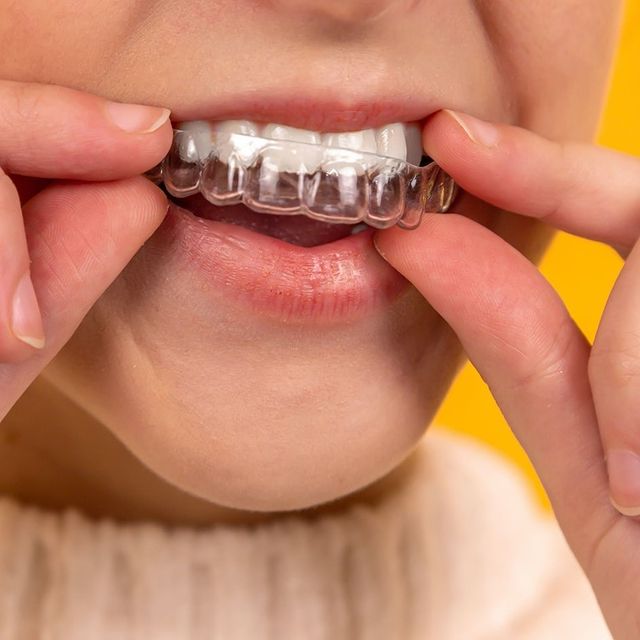Sleep is an essential part of a child’s growth and development, and any disruption to their sleep can have a significant impact on their physical and mental health. One common sleep disorder in children is sleep-disordered breathing (SDB), which refers to a group of breathing disorders that occur during sleep, including snoring, obstructive sleep apnea (OSA), and central sleep apnea.
In this blog, we will explore sleep-disordered breathing, its causes, symptoms, and the best treatment option.
Causes of Sleep-Disordered Breathing in Children
Nine out of ten children are affected by sleep-disordered breathing. Although it can occur naturally, several factors can contribute to sleep-disordered breathing in children, including:
- Obesity: Children who are overweight or obese are at a higher risk of developing sleep-disordered breathing due to the increased weight around their neck and throat.
- Enlarged tonsils and adenoids: The tonsils and adenoids are glands located in the throat and nasal passages, respectively. If they become enlarged, they can block the airway during sleep, causing snoring or obstructive sleep apnea.
- Craniofacial abnormalities: Certain facial and cranial features, such as a small jaw or a receding chin, can contribute to sleep-disordered breathing.
- Allergies and asthma: Children who suffer from allergies or asthma may experience inflammation and narrowing of the airways, leading to snoring and breathing difficulties during sleep.
Symptoms of Sleep-Disordered Breathing in Children
The symptoms of sleep-disordered breathing can vary, depending on the severity of the condition. Some common signs to look out for include:
- Loud snoring: This is often the first sign of sleep-disordered breathing in children.
- Pauses in breathing during sleep: This is a sign of obstructive sleep apnea and can last for several seconds.
- Restless sleep: Children with sleep-disordered breathing may toss and turn in their sleep, wake up frequently, or experience night sweats.
- Daytime sleepiness: Children with sleep-disordered breathing may feel tired or drowsy during the day, which can impact their school performance and behavior.
Treatment for Sleep-Disordered Breathing in Children
TimberView is one of the only dental offices in Oklahoma offering the HealthyStart® System, a treatment for sleep-disordered breathing rooted in 54 years of research. The HealthyStart® System opens the airway by bringing the upper and lower jaws forward, allowing for maximum airflow, and aiding in the improvement of sleep-disordered breathing symptoms. The HealthyStart® System also has the ability to encourage mid-face growth and airway development.
In conclusion, sleep-disordered breathing can have a significant impact on a child’s physical and mental health. If you suspect your child is experiencing sleep-disordered breathing, schedule an appointment with American Academy of Dental Sleep Medicine certified provider Dr. Julie Storm. With proper diagnosis and treatment, most children with sleep-disordered breathing can achieve restful and healthy sleep.


